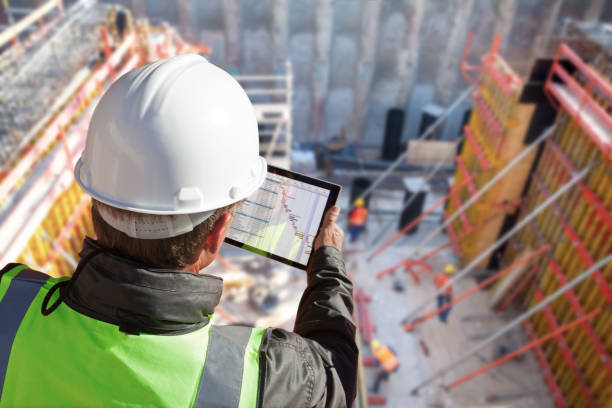Building Information Modeling (BIM) and Virtual Design and Construction (VDC) are revolutionizing the construction industry. By creating 3D models and simulations of construction projects, BIM and VDC enable builders and architects to optimize the design and construction process, improve communication between stakeholders, and reduce waste and errors. In this article, we will explore how harnessing the power of BIM and VDC can benefit your construction projects.
One of the main benefits of BIM and VDC is that they allow for greater collaboration and communication between stakeholders. By creating a centralized digital model of the building or structure, architects, engineers, contractors, and other stakeholders can all access the same information in real-time, reducing the risk of errors and miscommunications. This leads to greater efficiency, fewer delays, and ultimately, cost savings.
Another benefit of BIM and VDC is that they enable builders to identify potential problems and conflicts early in the design process. By simulating the construction process and testing different scenarios, builders can identify potential bottlenecks, identify areas where resources can be optimized, and make changes to the design to reduce waste and improve efficiency. This not only leads to a better end product, but also reduces costs and the risk of delays.
BIM and VDC are also essential tools for creating sustainable and environmentally friendly buildings. By using virtual simulations to test different materials, designs, and construction techniques, builders can identify the most energy-efficient and environmentally friendly options. This leads to reduced energy consumption and lower carbon footprints for the building, which can result in cost savings over the life of the building.
In addition to the benefits mentioned above, BIM and VDC also offer significant cost savings for construction projects. By reducing the risk of errors and miscommunications, optimizing resources, and improving efficiency, builders can complete projects on time and on budget. This leads to a better return on investment for clients and stakeholders, which can be reinvested into future projects.
In conclusion, harnessing the power of BIM and VDC is essential for modern construction projects. By creating a centralized digital model of the building, simulating the construction process, and testing different scenarios, builders can optimize the design and construction process, improve communication and collaboration between stakeholders, and ultimately, reduce costs and improve the quality of the end product. As technology continues to evolve and become more accessible, we can expect to see even more innovative uses of BIM and VDC in the construction industry.
One of the key benefits of architectural visualization in sustainable and lean construction is the ability to test different design options and scenarios before construction begins. This helps to identify potential problems and inefficiencies early on, allowing for adjustments to be made and resources to be optimized. For example, virtual modeling can be used to simulate the performance of different insulation materials or window designs, allowing builders to select the most energy-efficient options.
Another way that architectural visualization supports sustainable and lean construction is by facilitating collaboration and communication between stakeholders. By creating 3D models and virtual tours of the building, architects and builders can more easily share their vision with clients, contractors, and other stakeholders, and get feedback on design choices and sustainability features. This helps to ensure that everyone is on the same page and that the project meets the client's sustainability goals.
Architectural visualization also plays a critical role in lean construction, which is a philosophy that seeks to optimize the use of resources and minimize waste. By using virtual modeling, builders can identify potential bottlenecks in the construction process and find ways to improve efficiency. For example, they can simulate the flow of materials and workers through the construction site to identify potential conflicts and optimize the layout of the site.
Finally, architectural visualization can also be used to promote sustainability and environmental awareness among building occupants. By creating virtual tours or interactive displays that showcase the building's sustainability features, such as renewable energy systems, green roofs, or water-efficient landscaping, builders can educate occupants on the importance of sustainability and inspire them to adopt more sustainable behaviors.
In conclusion, architectural visualization is a powerful tool for achieving sustainable and lean construction goals. By using virtual modeling, 3D visualization, and other visualization techniques, architects and builders can more easily design and construct energy-efficient, environmentally sustainable buildings that meet the needs of their clients and promote a more sustainable future. As technology continues to evolve and become more accessible, we can expect to see even more innovative uses of architectural visualization in the world of sustainable and lean construction.
